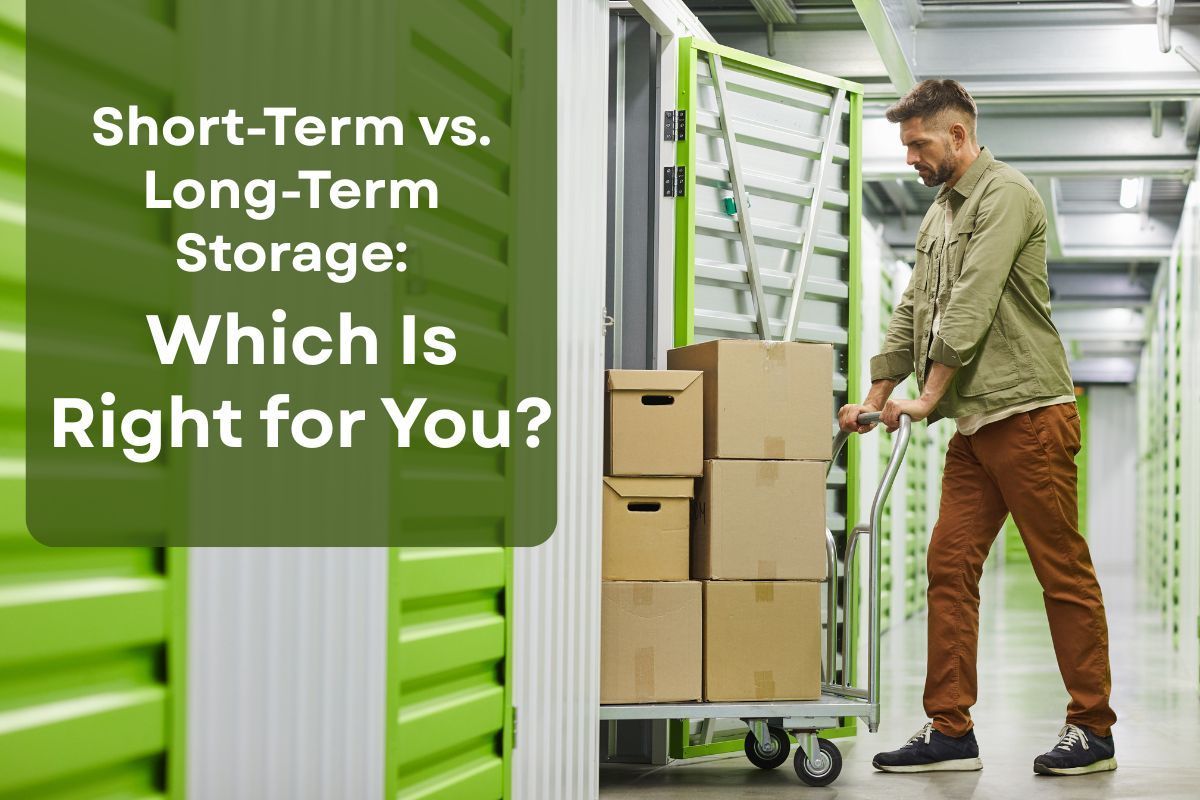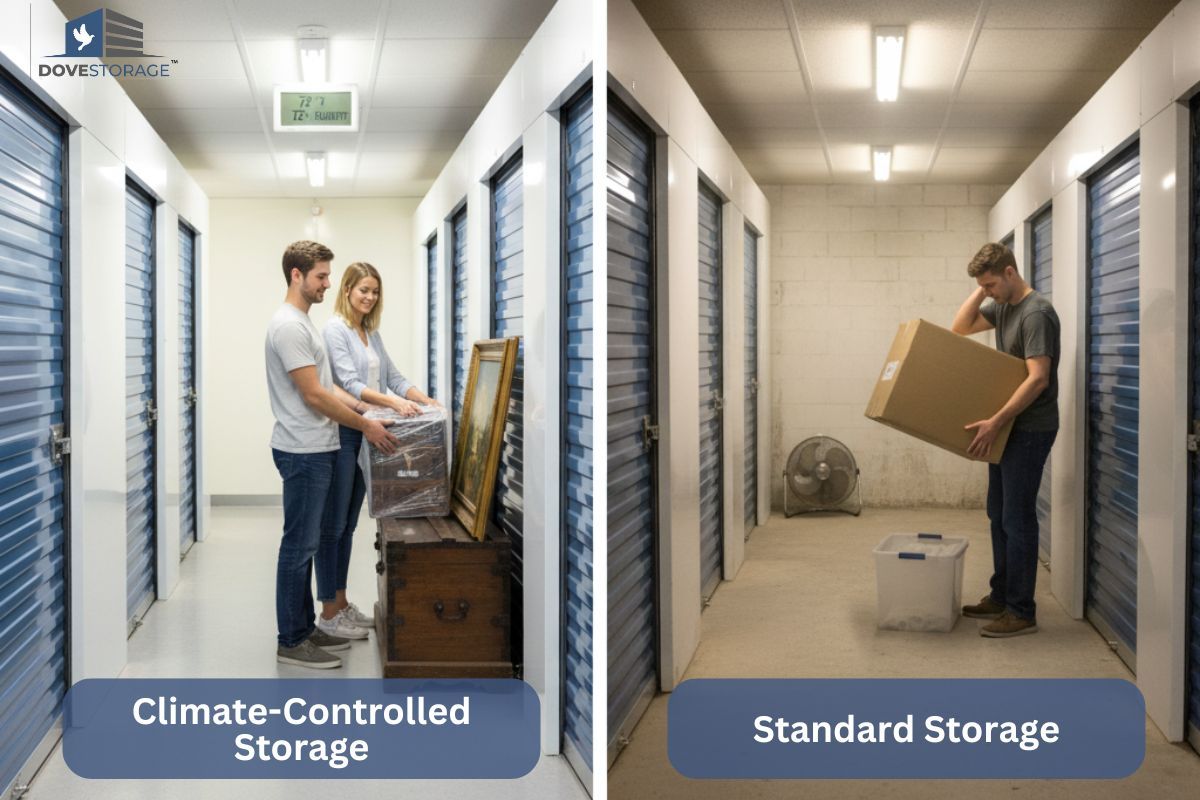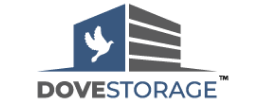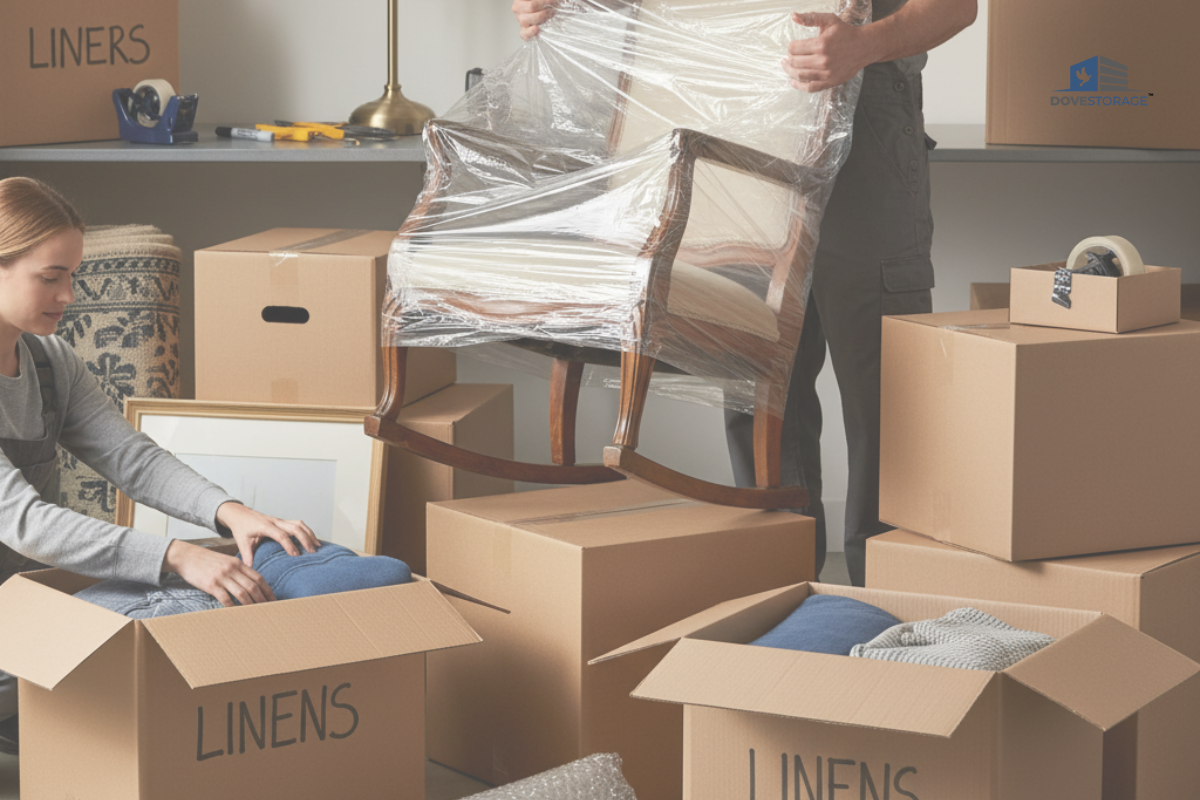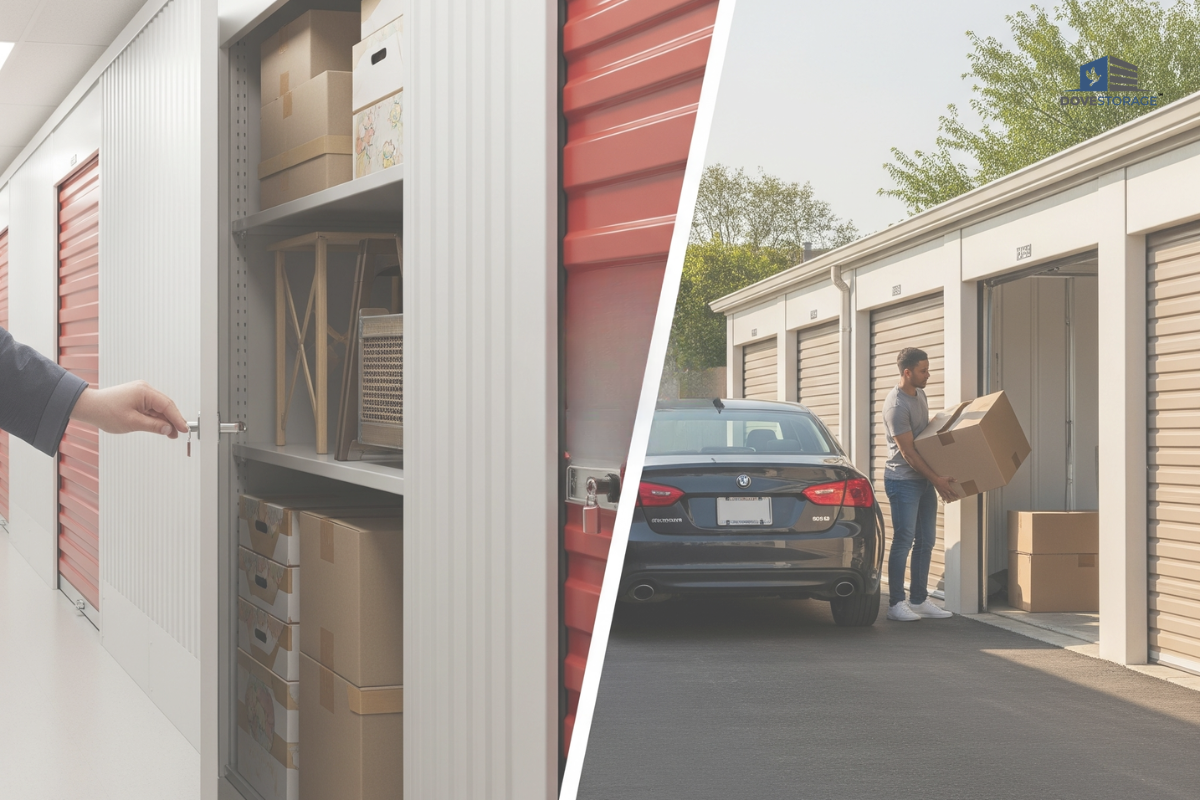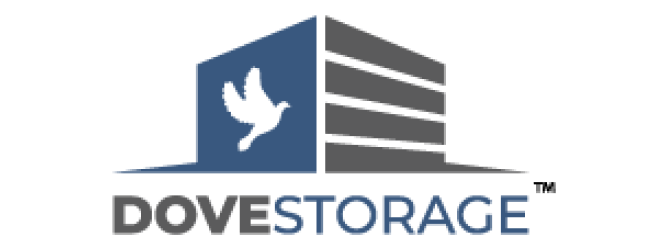Why Small Businesses Should Consider Self Storage
Running a small business is a delicate balancing act—juggling customer demands, managing operations, and maintaining a steady flow of inventory. For many small business owners, finding affordable, flexible, and efficient storage solutions can be a major challenge. With limited office or retail space, it’s often difficult to maintain an organized, clutter-free environment without sacrificing important resources or revenue potential.This is where self-storage comes in. Self-storage facilities provide businesses with a safe, convenient way to store inventory, equipment, documents, and other important materials, all while freeing up valuable space within your office or storefront. For small businesses looking to stay competitive, streamline operations, and grow without the burden of costly real estate, self-storage is an ideal solution.In this article, we’ll explore why small businesses should consider self-storage as a tool for operational efficiency, cost savings, and flexibility. We’ll also take a closer look at how Dove Storage can provide tailored storage solutions to meet the needs of small businesses.
1. Cost-Effective Storage Solution
For small businesses, every dollar counts. Leasing additional office or retail space can quickly become an expensive proposition. Renting or purchasing larger commercial properties involves high upfront costs, recurring rent payments, and maintenance fees. It also requires a long-term commitment that may not align with a small business’s evolving needs. Self-storage offers a much more affordable option. Renting a storage unit provides you with flexible terms and a variety of sizes to suit your specific requirements. You only pay for the space you need, and with options for short-term and long-term rentals, you can easily adjust your storage space as your business needs change. Whether you need to store extra inventory, seasonal items, or sensitive documents, self-storage gives you access to secure storage without the overhead costs of maintaining an entire office or retail space. At Dove Storage, we understand that small businesses need both affordable and reliable solutions. Our storage units come in various sizes, allowing you to choose the most cost-effective solution that fits your budget.
2. Maximize Your Space
As your business grows, managing space efficiently becomes crucial. Many small businesses operate in tight, limited spaces, and maintaining an organized work environment can be difficult when inventory, supplies, or equipment begin to pile up.With self-storage, you can free up valuable space in your office or retail location by storing items you don’t need immediate access to. For instance, extra stock, seasonal products, marketing materials, or equipment can be stored off-site, reducing clutter and optimizing your business space for daily operations. By making use of self-storage, you’ll gain more room to focus on the core functions of your business—whether that’s serving customers, managing employees, or expanding your services. Additionally, keeping your workspace organized can help improve employee productivity and customer satisfaction. Dove Storage offers secure, well-maintained units that can help you free up space in your main business location, enabling you to operate more efficiently.
3. Inventory Management Made Easy
Inventory management is one of the biggest challenges for small businesses, particularly those that deal with physical products. It’s easy to accumulate too much stock and face the dilemma of finding space to store it all. Without proper storage solutions, inventory can pile up, taking up space in your office or warehouse, making it harder to stay organized and access the right items when needed.Self-storage can simplify inventory management. Storing excess inventory off-site allows you to keep your business premises clean, organized, and clutter-free while having easy access to your stock when you need it. Self-storage facilities often provide 24/7 access, which means you can retrieve items during off-hours, or even after regular business hours, when necessary. Dove Storage offers a variety of unit sizes, so you can select the most appropriate space for your inventory needs. Whether you need a small unit for personal files or a larger space for inventory and equipment, Dove Storage provides flexible options for seamless inventory management.
4. Secure and Safe Storage
When it comes to storing business assets, security is a top priority. Whether you’re storing valuable equipment, documents, or inventory, you need peace of mind knowing that your items are protected from theft, fire, and other hazards.Self-storage facilities typically offer high levels of security to ensure that your belongings are safe. Most storage units are equipped with robust security features such as video surveillance, gated access, and individual locks. Additionally, many self-storage facilities have climate-controlled units to protect sensitive materials from extreme temperature fluctuations or humidity. Dove Storage goes above and beyond to ensure the safety of your stored items. Our facilities are equipped with state-of-the-art security systems, including 24/7 video surveillance and access control, giving you confidence that your business assets are in good hands.
5. Flexible Storage for Seasonal Needs
Seasonal fluctuations are common for many small businesses. Whether you’re in retail, e-commerce, or manufacturing, you may experience surges in demand during certain times of the year. The ability to scale up or down quickly is essential for maintaining efficiency without overburdening your space or resources.Self-storage offers the flexibility to expand or reduce the amount of space you need based on the season. For example, a small retail store can store excess holiday inventory in a self-storage unit to free up space for in-season products. Similarly, an e-commerce business can store seasonal packaging, materials, or surplus stock in storage units, allowing them to adjust for changes in demand. At Dove Storage, we offer flexible storage contracts and the option to upgrade or downsize your unit as needed. This gives small businesses the adaptability they need to meet seasonal demand without worrying about long-term commitments.
6. Document and Archive Storage
For many small businesses, maintaining important documents, contracts, and records is a legal requirement. However, storing large volumes of paperwork can quickly take up valuable office space, leading to clutter and organizational challenges.Self-storage can be a perfect solution for businesses that need to keep archives or other important documents. Many self-storage facilities offer units specifically designed for document storage. These units are often climate-controlled to ensure the integrity of paper-based materials over time. By using self-storage, you can keep your documents organized and secure, while still maintaining easy access when necessary. Dove Storage provides businesses with secure, climate-controlled storage options for documents and archives, helping you keep your business records safe and accessible without sacrificing space in your office.
7. Scalability and Growth Opportunities
As a small business owner, your goal is likely to scale your business over time. Self-storage provides the flexibility to grow without the financial burden of renting a larger office or warehouse space. You can start with a small storage unit and gradually increase the size of your space as your needs expand. This scalability makes self-storage an ideal choice for businesses with uncertain or fluctuating storage needs. Instead of locking into a long-term lease on a commercial space, you can choose self-storage to accommodate changes in inventory, equipment, or office materials as your business evolves.
Dove Storage offers scalable solutions for growing businesses, providing you with the flexibility to adjust your storage space as your operations expand. For small businesses, space, security, and flexibility are key factors in maintaining operational efficiency and reducing costs. Self-storage can provide a practical, cost-effective solution to help businesses manage inventory, archive documents, store equipment, and keep their operations running smoothly.
By choosing
Dove Storage, small business owners can access affordable and secure storage units that cater to their specific needs. Our range of unit sizes, flexible rental terms, and high-security features make us a trusted partner for businesses looking to optimize their space and reduce overhead costs. If you’re ready to improve your business operations with the added space and convenience of self-storage,
to Dove Storage today.
